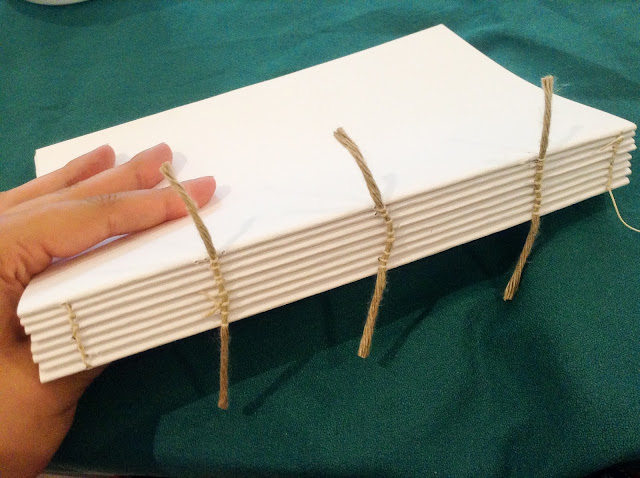
I was extremely lucky to get to interview Deborah Hill, author of the
Kingsland series. Her journey is a dream come true for many historical fiction writers. In 1975 her book,
This is the House, sold 700,000 copies! It was inspired by a memoir that an ancestor of her husband's family left behind about his experiences in Cape Cod during the 18th and 19th centuries. The interview is below.
Can you tell us a little about your new book and the series? Who are they for, etc.?
My
latest book brings the Kingsland Series into the present. It began just
after the Revolution, with This is the House, went on through the
Clipper ship and Victorian Era with The House of Kingsley Merrick, and
concludes with The Heir, which has just been released. They are
historical novels, written for discerning readers who don’t mind a
little spice along the way.
How did you first get into genealogy?
I’d
have to say that genealogy got into me! My husband’s family was quite
reticent about their background, perhaps because they were surrounded by
it. Portraits, sizeable ones, lined the living room walls. Considering
that the family home was a Cape (not too far from the house in my book),
they were wedged in pretty tightly. My in-laws were using a lot of the
old furnishings that may be glimpsed in The House of Kingsley Merrick;
the rest was in the attic of the carriage barn. The local summer drama
company often hauled this piece and that away as props. Once the
four-poster bed that Mr. and Mrs. Allen used was taken. I never learned
where they slept while the play was going on!
What was it about your husband’s family that inspired you so much?
The
leading male character of This is the House, set off to trade with
Europe at a time when no one had ever seen the American flag.
Conveniently for me, he wrote a memoir for his grandchildren, describing
his adventures, and did a rather fine job of it, so there it was – I
could see for myself what was going on 200+ years ago. The next ancestor
of interest started a coach line in Australia when their gold rush
began. Public transportation still carries his name. As for The Heir –
well, suffice it to say I did meet my husband on a windjammer cruise in
Nantucket Sound, the details of which are recounted. 35 years ago I
didn’t consider that as being “historical”, but now, apparently, it is.
Why did you choose to write historical fiction instead of a historical narrative?
In
the first place, I’d always wanted to be an author. To write “the great
American novel” had been my goal since childhood. Elijah’s diary was
historical narrative, when you get right down to it, and very valuable
to me. But writing such a document is just not my métier.
How much of your books are fiction and how much is fact?
I
pride myself on the accuracy of the history in my books. All my
characters are fictional, but some are based on actual people. I didn’t
invent any of the history (I repeat, any!) though I moved the dates
around as far as “Rockford” and “Waterford” are concerned, because I
didn’t want to be seeing as writing the history of the real town on Cape
Cod that they represent.
Did you have any problems while writing?
Writing
on a deadline was intimidating. I didn’t know how long it would take to
develop the plotlines; it isn’t something I can specify ahead of time.
This always seemed to confound the editors! But the characters would
sometimes do something unexpected that was much more interesting than I
had planned, and I always went where they led even if it slowed me down.
The
house your ancestors lived in still stands and is now a museum. Did you
know about the house prior to writing? Did it change how you portrayed
your characters or the house itself?
I’m
afraid your information is incorrect. Elijah’s house isn’t a museum
yet, though the Historical Society would like nothing better than to buy
it to store (and, I suppose, show) their collection. It’s for sale –
Yes,
I knew all about the house. I didn’t have a chance to go into it until a
few years ago, but friend of the family had one just like it, and I
used that as a template, sticking as close to its design as I could. It
made a difference in the story line, so I was careful about that. When I
did have a chance to explore it, I was satisfied that I’d done OK.
What advice do you have for people trying to research their ancestry?
I’m
afraid I don’t have any advice. All the work had been done for me 100
years ago, when genealogy became important to the women in my husband’s
family and their friends. Of course, the whole town was interwoven, so
the genealogy of one family filled in a section (or two) of the
genealogy of others. They intermarried a lot, which made things much
easier.
You
have been quite successful as an author. What do you think contributed
to your success and what advice would you give to people writing about
their family trees?
Timing.
This is the House first appeared in 1975, right in time for the
bi-centennial. As far as advising people who want to write about their
family’s past, I would remind you that this family was not my own, so I
could take liberties that directly related people probably wouldn’t do.
The joy of fiction!
Thanks Deborah!
Check out her books!
In addition to the Kingsland Series, she has also made the memoir of her husband's ancestor, Cape Cod mariner, Elijah Cobb, available.




































